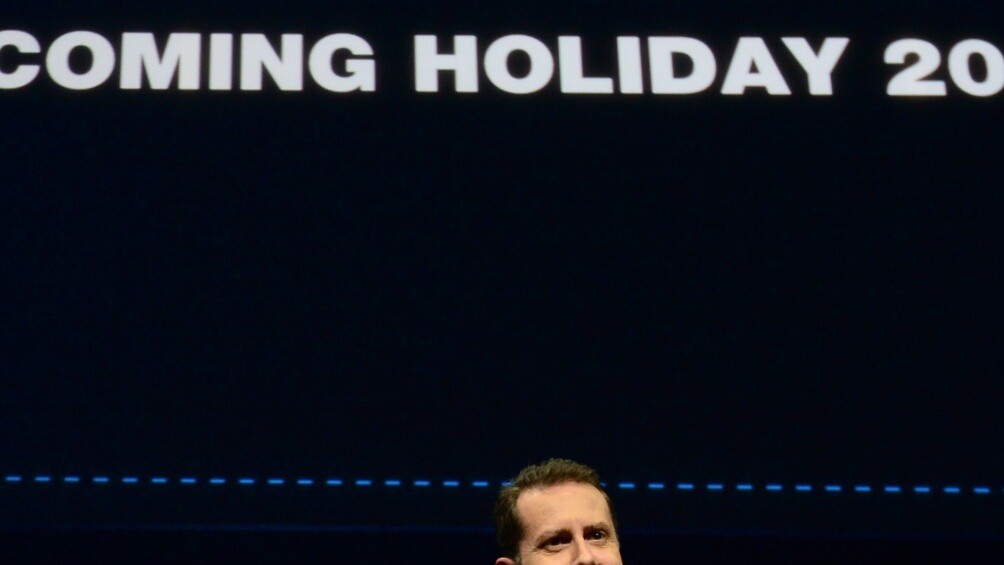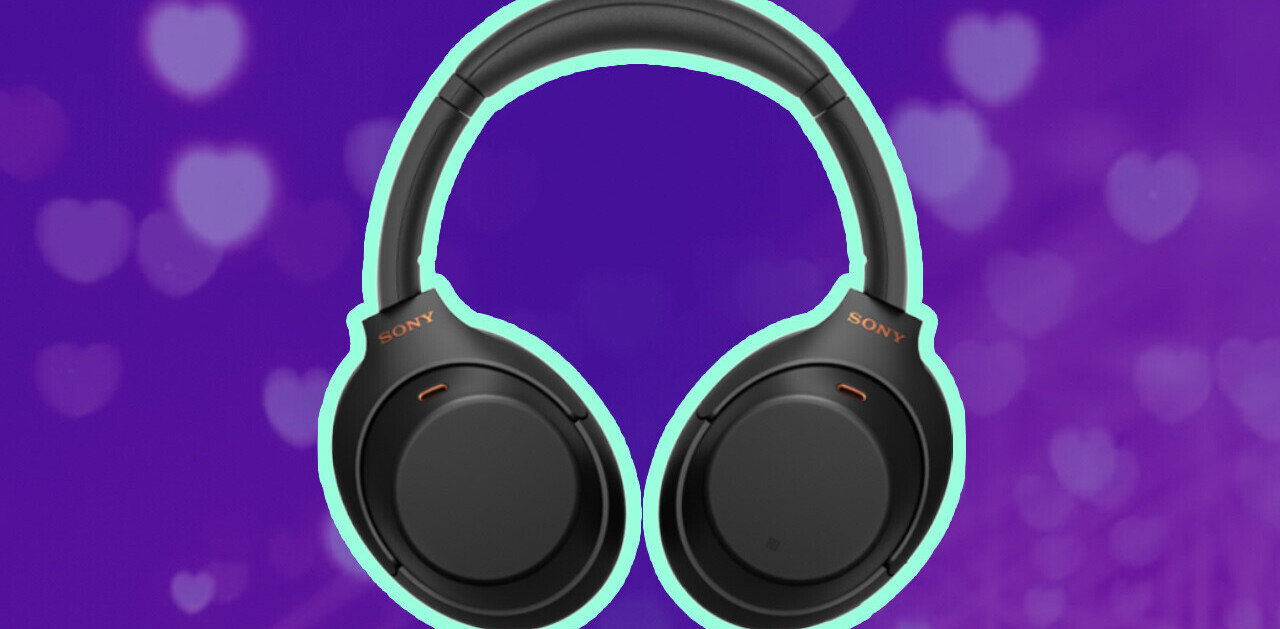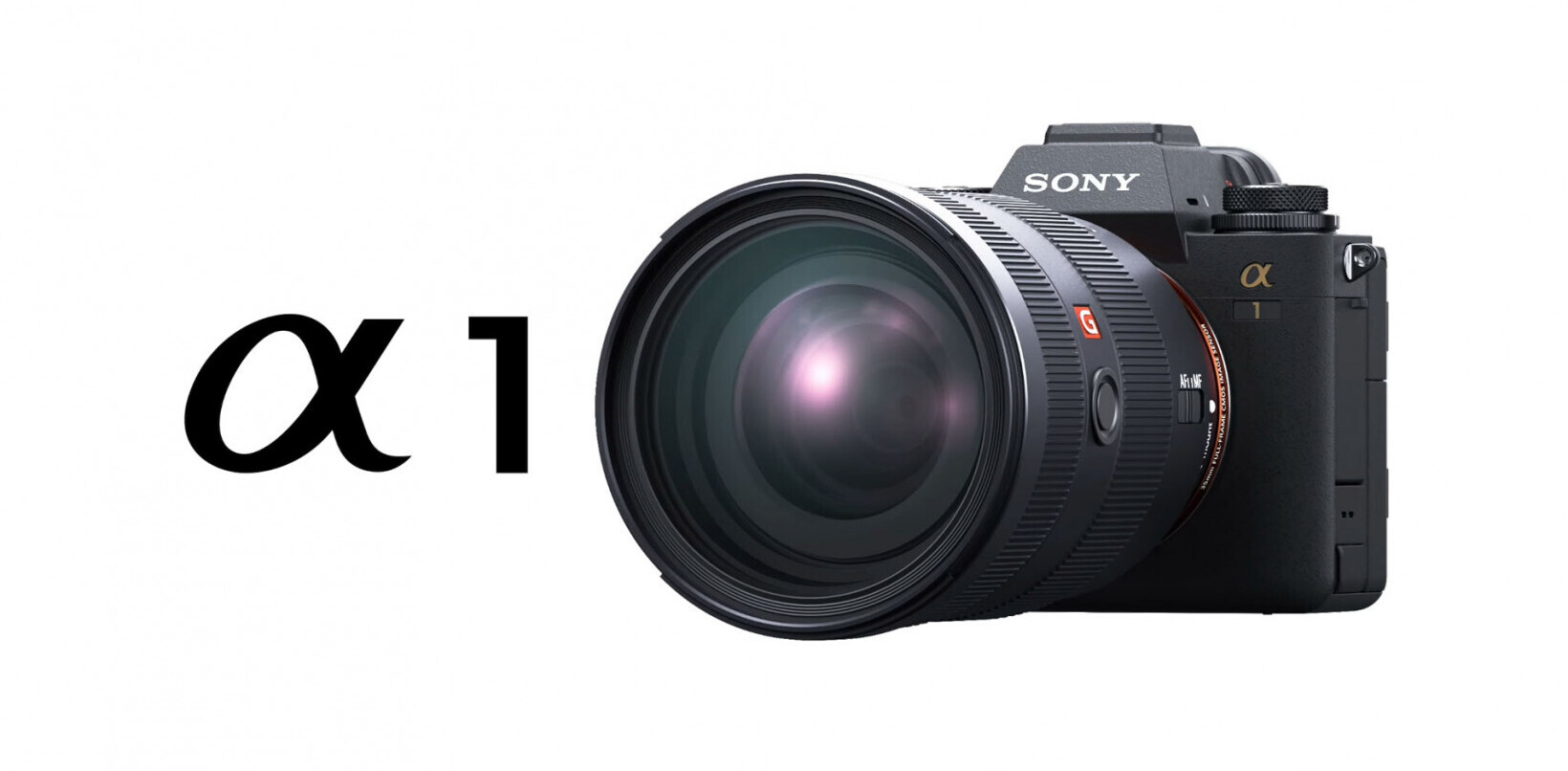
I’m not typically in the habit of telling large multinational corporations what they should do. It’s almost impossible to fathom the sheer number of moving parts that have to come together to launch a product like Sony’s PlayStation 4, for instance.
But, as an exercise, I thought I’d try to articulate just what was so off about its announcement yesterday.
Let’s skip over the fact that Sony didn’t actually show the console, which is hilarious, but apparently intentionally done in order to lengthen the news cycle. Out beyond that, I think that there are three things that it didn’t announce, or address fully, which it very much should have.
Independent developers
One of the biggest misses of this console generation has been the access that it gives, or doesn’t give, to developers outside of the ‘system’. Small independent developers that can’t afford the buy-in for a development system or for marketplaces like Xbox Live. The amount of brain share and brilliance left on the table when you leave out small teams of developers making games is staggering.
And you don’t have to look far to see evidence of this. The iOS and, to a lesser degree, Android platforms have become a hotbed of activity for clever and inventive gaming that runs the gamut from immersive adventure to bite-sized tactics, as well as more casual stuff that’s designed for ‘dip in’ moments. Game developers from all over the map, especially those who previously generated stuff for Windows PC’s, have flocked to iOS especially, because they know there’s a huge audience there, but also for another very simple reason.
Apple provides an easy to use set of tools for developers looking to get into the platform, and the barrier of entry is a $100 fee.
That’s it. It’s that simple. The Xbox and yes, even the PlayStation, have enormous audiences still, so that’s not really a problem. They may be lower than that of smartphones overall, but there’s no reason that a developer might not want to bring their app to the living room. And it’s a self-perpetuating machine once it’s up and running. Tim Cook touts the iPad’s hundreds of thousands of apps every time someone asks him to compare it to Android tablets. Those apps didn’t just happen by accident.
The days of locking people in with a few huge exclusives are no more. Both because the major consoles are competing too well (sort of) with one another and because they have vicious new opponents in everyone’s pocket.
Imagine if Sony had announced a low-buy-in program for indie developers with a set of tools and resources that would help them both build games for the PlayStation and port games that they’d built for other platforms. The PlayStation Vita becomes a must-have accessory not because you can play PlayStation games on it on the john, but because you have access to a robust and vital game library ranging from casual to big-budget.
This doesn’t threaten the Bungies of the world, who are working on a whole other level, and opens it up to the next Rovio or what have you, who would have spawned on the PSN or Xbox Live by now if the system wasn’t so archaic.
Sony talked a lot about developers in its presentation, much of it focused on the more standardized architecture it was using now (which should help better games show up quicker) and how it was fixing its boot up and patching procedures to ease gamer frustration. Unfortunately, none of that talk was about making it easier for developers with much, much more limited resources to produce and sell games via PSN.
And now, with Microsoft’s rumored unified code base across the Xbox and Windows, the door is wide open for Redmond to do so.
Life beyond the console
As many people have pointed out, the event had a crazily monocular focus on gaming. What Sony announced flies in the face of everything that the usage numbers are saying (they even acknowledged that Netflix was an enormous use of the PS3), and what its competitors are tackling.
Sony’s Andy House flat-out said that “the living room is no longer the center of the PlayStation universe, the gamer is.”
What?
First of all, when was the living room ever the center of the PlayStation universe? A person or person(s) in the living room playing the games were, perhaps. But the metaphorical ‘living room’, a place for people to be entertained, was never tackled properly. The Netflix implementation on the PS3 for instance, was very poor initially, though it has been a big hit for Sony since.
But instead of capitalizing on the far, far larger market for home media streamers and things that make getting content to people easy, Sony narrowed its focus to just the gaming market. This is a strategy, perhaps, but not one that seems very ‘2013’. It’s a decade old mentality and it has no place here.
I mean, streaming services were quickly shown on a slide as a nod to the fact that yes, you must have Hulu, some sports stuff, maybe a couple of movie providers like Amazon and Crackle. But that’s the base line, the bare minimum that a console or any other box heading into the living room should offer one way or another. Apple does half of it direct (and more soon, but that’s another story) and half through AirPlay. Roku, Xbox and many others do a decent job as well, with Microsoft even partnering for direct VOD deals.
But Sony needed to take it further. If it had come out with an announcement that it had partnered with major cable providers, for instance, to allow the PS4 to act as your DVR, automatically collecting your favorite shows to watch there or on your Vita, it would have blown the doors off. Does getting the PS4 the same status as your cable box mean an insanely hard set of deals to pull off? Yes, absolutely. But, if rumors are true, that’s exactly what Apple is attempting to do in at least one permutation of its set-top strategy.
Whatever direction Sony’s acknowledgement and expansion of the ‘media window’ role ended up taking, it needed to be bigger, bolder and more self-aware. And self-awareness was sorely lacking throughout the event.
Second screen, second class citizen
For as much time as Sony dedicated to talking about what you could do on the tablets, smartphones and the Vita, you’d think that they put some serious thought into how people use them. Alas, they did not.
Sony continues to think of the ‘second screen’ as just that, a screen. But it’s not, it’s an input device, a treasure trove of data and an always-on connection, all waiting to be tapped. The second-screen experiences that Sony touted were all about ‘sharing’, as if the smartphones were simply peripherals to the all-mighty console (which it did not even show).
Console gaming and handheld gaming are being eaten alive by the handset and tablet industry. You know this, I know this, Sony knows this.
But it still thinks that the best way to counteract that is to control the screen via an app that lets you watch video and chat. No playing games via the ‘PlayStation’ app, no sir. Instead you can use it to ‘view maps’ and ‘buy stuff’ and do something you were doing on WhatsApp anyway. Ok, the watching game sessions thing is kind of cool, but Twitch.tv already does that and does it well. All of this feels very much like the now infamous rear-view mirror PSP.
The second screen isn’t an accessory, it’s a vital extension of a platform that allows you to exist in your users pockets at all times. This is a computer that people are going to use thousands of hours more a year than they’re going to use a console. That’s insanely valuable and Sony is squandering that value.
Sony talked a lot about using Gaikai technology to stream old PS games to the PS4, when it really should have been talking about streaming some to your iPhone or Android tablet. It should have been talking about offering indie game developers access to the PlayStation network and, through that, the PlayStation app in people’s pockets. If you want to fight the subsumption of console gaming into handheld gaming, plant a trojan horse on phones that opens a window into your gaming world with the tap of an icon. Onlive did it, so why can’t Sony?
And don’t give me that ‘it may’ garbage, because it had the gall to pre announce what it calls thefastest network anywhere just as the project was greenlit. If you’ve got the cojones to promise that, why not throw streaming to phones in the mix?
Overall, the impression that I took away from the presser is a company retreating, rather than advancing. Sony is settling itself back onto its rapidly putrefying throne of ‘hard core gaming’ and ignoring that people are partaking of both games and media in smaller bites and on mobile devices. They want things more centralized, not more diffuse, and they’re ignoring that the living room battle is still very much underway, though the window is closing.
Unfortunately, that window just got another 6 years narrower, and Sony doesn’t have another decade to get things right.
Image Credit: EMMANUEL DUNAND/Getty Images
Get the TNW newsletter
Get the most important tech news in your inbox each week.








